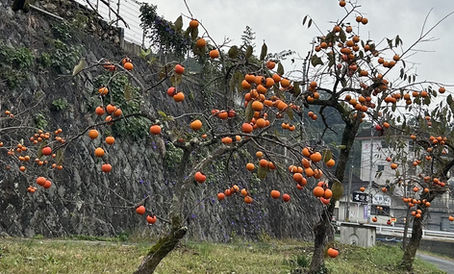"The Imperial Steel Works, Japan" was once responsible for 70-80% of domestic steel demand.
- Masahisa Takaki

- Nov 21, 2022
- 2 min read
Updated: Nov 23, 2022
In the late 19th century, the Japanese government, in its haste to modernize, sought to produce steel domestically, which was indispensable for all industries. In 1880, a government-owned ironworks was built in Kamaishi, Iwate Prefecture, but because it could not solve technical problems to improve the productivity, it was sold to a private sector and began operations as a private company. Since the Kamaishi Steel Works alone was not enough to supply the steel for propelling Japan's modernization, the Japanese government established the Yahata Steel Works in Kitakyushu City, Fukuoka Prefecture, which began operation in 1901. The site was chosen because of its proximity to Chinese iron mines and domestic coalfields for fuel, and its favorable geographical conditions for military defence. The war reparations paid by the Qing Dynasty was allocated to cover the construction costs. However, since Japan didn't have sufficient steel manufacturing technology at that time, the engineers mainly from Germany were invited. It is said that their salaries were higher than that of the Japanese prime minister at that time. Although the plant encountered various technical problems in the beginning, operations began to get back on track with the support of the engineers from the Kamaishi Steel Works, that were senior to this government enterprise. Later, in 1938, it became the country's top steel works, accounting for 70-80% of domestic steel demand. The photo shows the former main office of this steel works. This building was built in 1899 and used until 1922. Including this building, a total of four facilities relating to this steel works, inside and outside the plant, are registered as the World Heritage.
Licensed tour guide, travel consultant,
Masahisa Takaki.
全国通訳案内士 高木聖久。







Comments